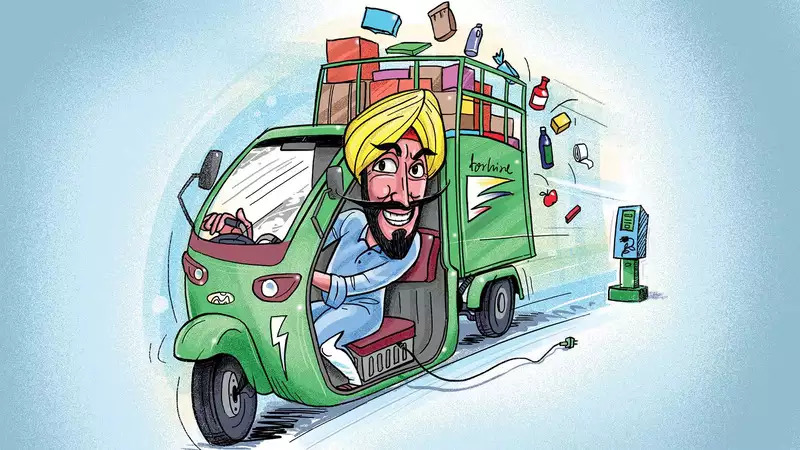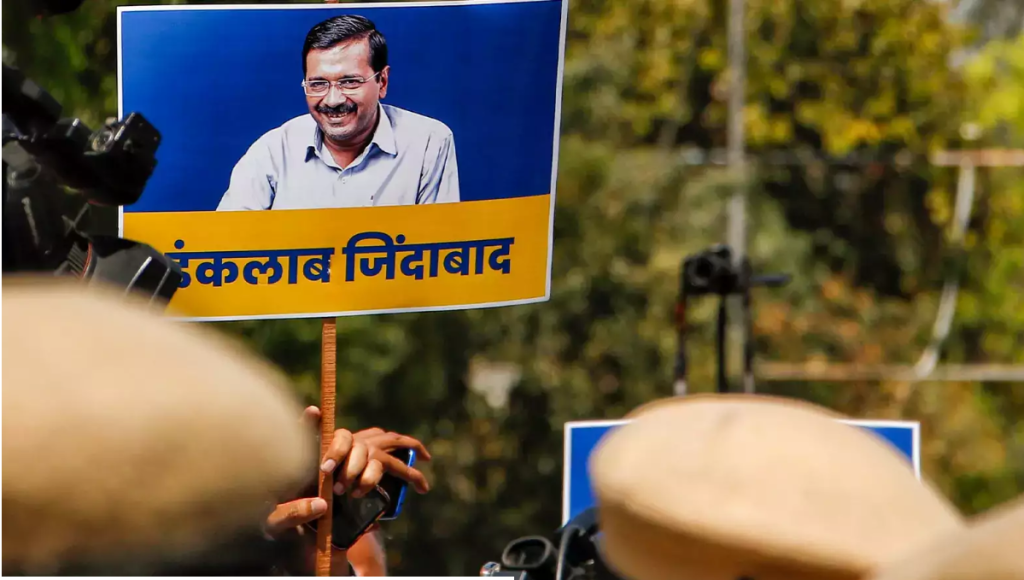Energy has converted India\’s traditional foes into energy allies. India\’s GNP will grow at maybe 7 per cent annually in the next 20 years, in which case energy needs may quadruple. Energy security is now an urgent issue.
This explains two developments. First, India seeks joint bidding for oil and gas blocks globally with China instead of competing with it. Remember, Pokharan II was about attaining the nuclear capacity to bomb China. Yet today India seeks to make China an energy security partner.
More dramatic is the Cabinet nod to negotiations for two gas pipelines through Pakistan. One will bring gas from Iran, the other from Turkmenistan through Afghanistan and Pakistan. The Defence Ministry no longer has a veto on the ground that Pakistan will control India\’s energy pipeline. Nor will the external affairs ministry insist any more on a quid pro quo from Pakistan (such as most favoured nation treatment for Indian exports). Putting energy security before conventional security, India suddenly views Pakistan as a potential partner, not just a foe.
Both countries will import energy through the same pipelines. Both will be supplied by international consortia that insist on governmental guarantees of unhindered transit. Estimates of transit fees payable to Pakistan range from $80 million to $700 million a year. Pakistan will lose transit fees and pay penalties if it cuts supplies or fails to repair damaged pipelines.
Jehadi groups can cut the pipelines even if the governments of Afghanistan and Pakistan are supportive. Baluch militants occasionally cut the Sui pipeline in Pakistan, just as ULFA militants do in Assam. But cut pipelines can be repaired in one to three days. Provided we have 15 days gas in reserve storage, occasional jehadi explosions will not affect consumers. Besides, stand-by supplies through tankers will be guaranteed by Iran.
The hope is that the pipelines will bind the countries together in a new partnership, reducing tensions and actually improving conventional security. Optimistic? Very. Possible? Yes.
Techno-economic surveys need to establish that such pipelines are cost-effective. Normally onshore pipelines are cheaper than offshore pipelines or tankers carrying liquefied natural gas (LNG). But pipelines through Pakistan will entail heavy transit fees as well as insurance cover against interruptions, and the cost of stand-by guarantees. To overcome these costs, the project needs to maximise scale economies.
To do that, why not expand our vision to create the mother of all pipelines, going all the way to China? The rising energy needs of Pakistan and India pale beside the gargantuan energy needs of China. So, why not construct a giant pipeline from Iran through Pakistan and India into China\’s Yunan province, which lies west of Burma? China has already been talking to Iran on long-term fuel supplies. One route could be through Turkemenistan, Uzbekistan and Kazakhstan into China\’s Xinjiang province. Dealing with so many countries is a hassle, and Xinjiang has a small population with limited energy needs. The Chinese heartland can get gas from Siberia, and its seaboard can import LNG. The one area of China without an obvious large gas source is Yunan, west of Burma and north of Thailand.
Centuries ago, the Yunan-India road was one of the old Chinese silk routes. In World War II, the British sent supplies to their ally Chiang Kai Shek through the China road that ran from India\’s north east into Burma and thence into Yunan. The same route could now carry gas.
Such a project will enable India to charge large transit fees from China, far higher than any transit fees payable to Pakistan. The bulk of the China pipeline will be through India. In security terms, Pakistan will not be able to cut off supplies to India without cutting them off to China too. That will constitute a tremendous security advantage for India. Indeed, it will virtually ensure a new form of conventional security for the whole region. The pipeline can become the best guarantees of peace. Maybe we can call it the Peace Pipeline.
The techno-economic feasibility of such a pipeline has yet to be established, but the prospects look encouraging. The biggest opposition is likely to come from outside the region, from George W. Bush.
The USA is desperately trying to isolate Iran and undermine its economy. The last thing the USA wants is a great and glorious partnership between Iran, Pakistan, India and China.
The USA is not in a position to force China or India to desist from a pipeline. But Pakistan is another matter: the USA has much leverage over that country. For that reason, Pakistani authorities have blown hot and cold over the smaller pipeline to India. To overcome US resistance, India and China may need to join hands in a diplomatic initiative.




